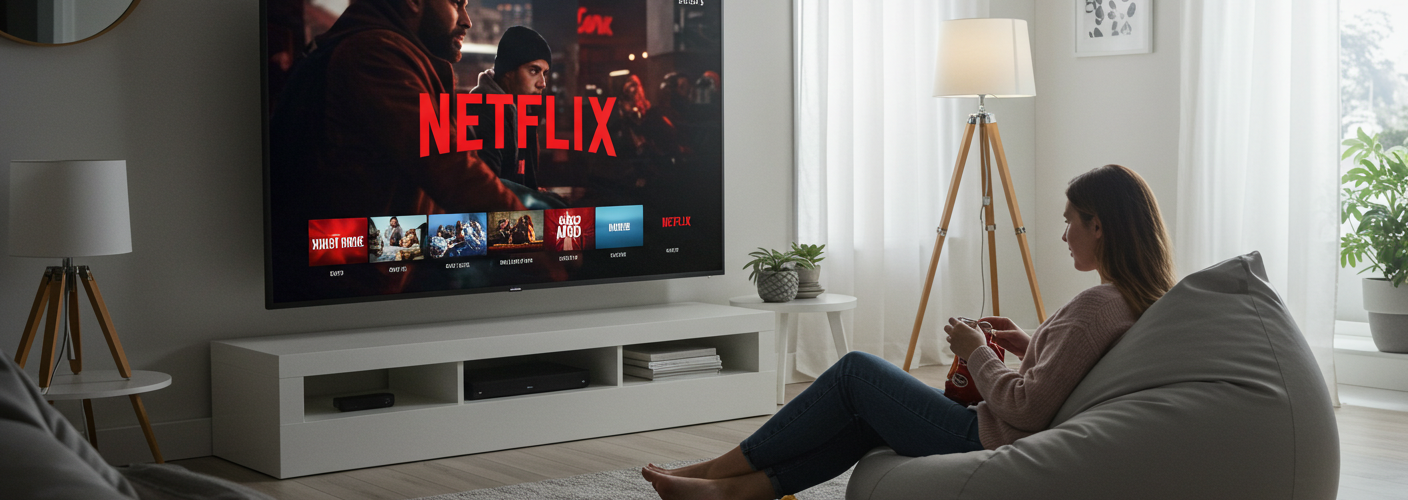Understanding Loudness Equalization in Streaming Services
When it comes to optimizing audio playback, many users turn to features like Loudness Equalization to enhance their listening experience. But if you’ve ever tried to watch a movie on Netflix with this setting enabled and felt disappointed with the results, you’re not alone. The question arises: does Loudness Equalization work effectively when streaming movies like “Happy Gilmore 2” on platforms such as Netflix, especially when using configurations like 5.1 surround sound?
What is Loudness Equalization?
Loudness Equalization is a setting that helps to normalize the overall loudness of audio playback, ensuring that quiet sounds are amplified and loud noises are softened. This feature can be beneficial for watching movies or listening to music, particularly when dynamic sound ranges can lead to abrupt volume shifts.
Streaming Services and Surround Sound
When watching streaming content on platforms like Netflix, it’s crucial to understand the audio output options. Many films and shows are mixed to take advantage of surround sound formats like 5.1, which means they utilize multiple audio channels for a more immersive experience. However, this can complicate how audio features like Loudness Equalization function.
Most operating systems and audio playback systems apply Loudness Equalization at the stereo output level. This means that when the content is designed for 5.1 surround sound, the settings can behave unexpectedly, as the feature may not operate uniformly across all channels. Consequently, if you are watching a movie in 5.1 surround and expect Loudness Equalization to uniformly minimize the dynamic range, you might not experience the desired effect.
Browser Considerations: Edge vs. Chrome
When watching content through browsers like Microsoft Edge or Google Chrome, users often wonder if those platforms handle audio processing differently. In theory, both browsers should support Loudness Equalization as long as the operating system settings allow it. However, inconsistencies can arise depending on how each browser processes audio signals and interacts with the operating system.
For example, Edge and Chrome may utilize different codecs or configurations for audio playback, possibly resulting in variations in how features like Loudness Equalization function. It’s worth noting that some users have reported better consistency in audio processing with dedicated media players versus browser playback.
Troubleshooting and Tips
If you find that Loudness Equalization isn’t having the desired effect while watching Netflix:
- Check Audio Settings: Ensure that your operating system’s sound settings have Loudness Equalization enabled. Sometimes, these settings can revert after updates.
- Test Different Content: Not all media is mixed the same way. Try testing Loudness Equalization with different types of content—some might showcase the feature better than others.
- Switch to Stereo: For optimal results with Loudness Equalization, consider switching the audio output to stereo (if supported). This may provide a more noticeable difference.
- Update Drivers and Browsers: Ensure that your audio drivers, as well as your browser, are up to date to potentially improve performance and compatibility with audio features.
In conclusion, while Loudness Equalization can enhance the audio experience for certain content, its effectiveness may vary significantly when dealing with surround sound formats and streaming platforms. If you’re struggling to achieve that balanced audio experience, exploring the right settings and formats can make all the difference.





Add comment